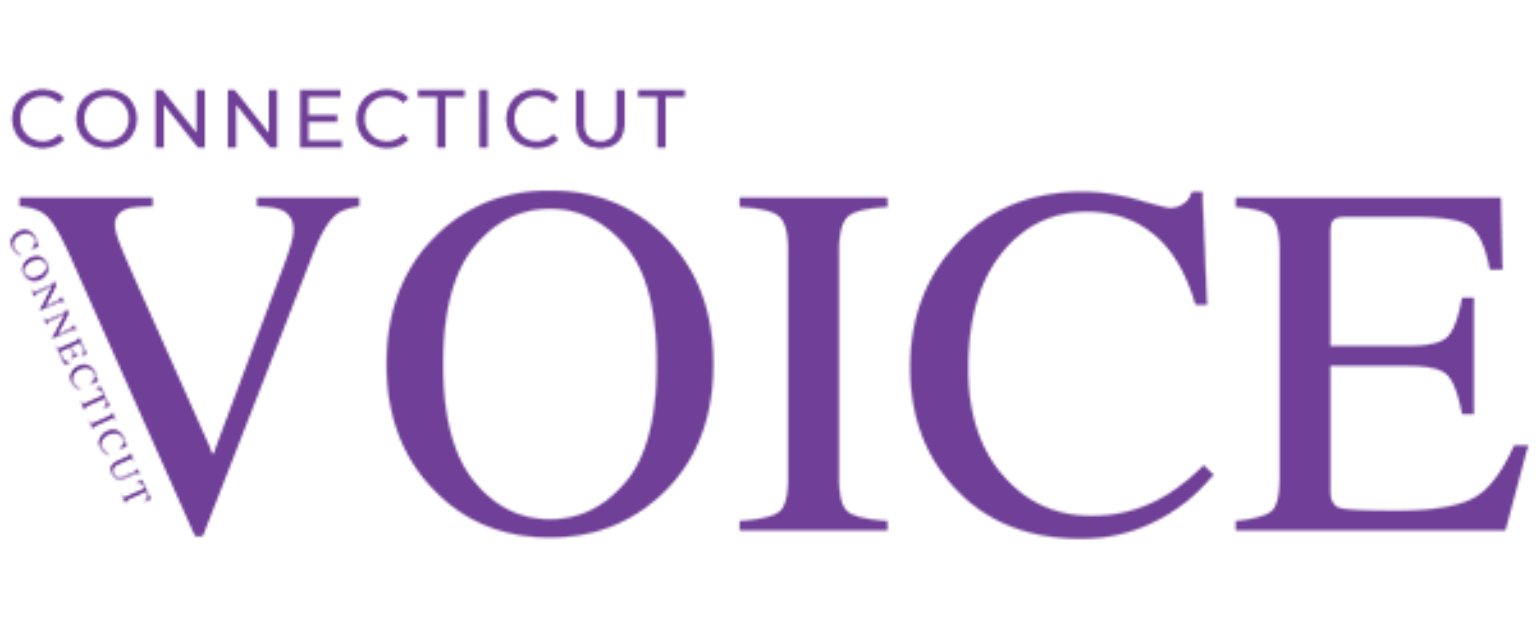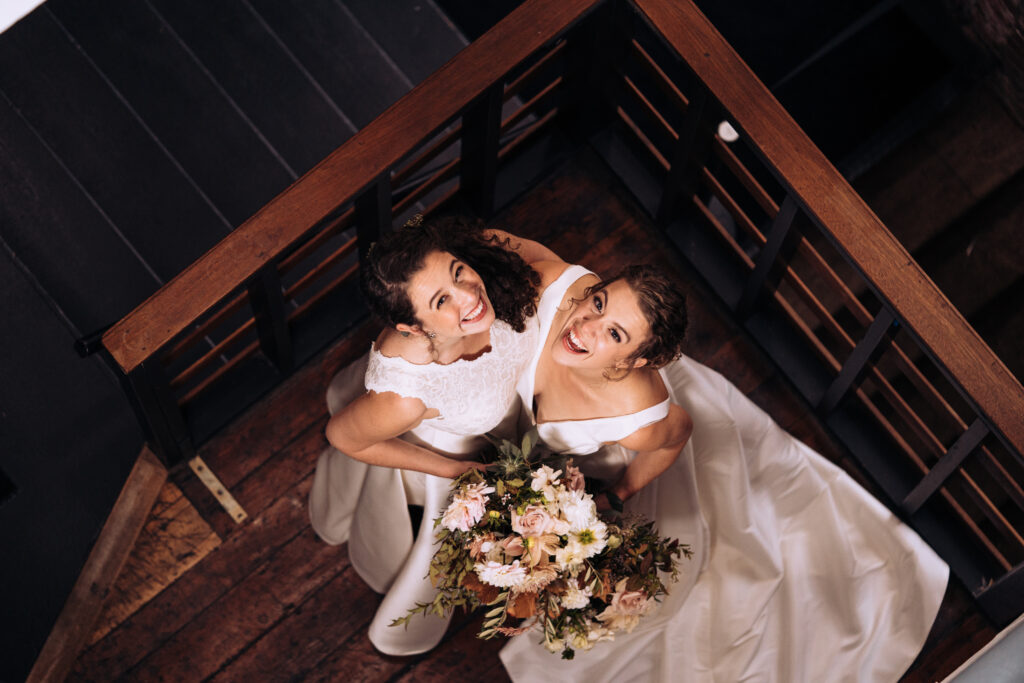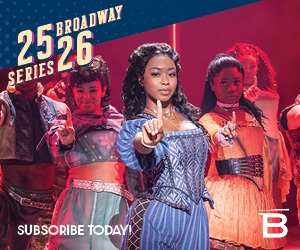Cate Barry specializes in LGBTQ+ photography • All photos by Cate Barry
A photograph is just a picture, right? Well, not really. And certainly not when you’re talking about wedding photography. Hamden-based photographer Cate Barry takes a very specific approach to wedding photography: it’s all about authenticity. And it’s about telling a story.
Barry, who identifies as queer, also does a lot of portrait photographs, and whatever the situation, she aims to understand the person or people who are her subjects and help them find expression that’s true to who they are.
She describes the entire process as “the expressive collaboration between the subject and me, but there is also responsibility. Today, we’re all content creators, producing imagery and words for the world. In my tiny little space, the images I want to put in the world are those that add to the conversation about what sexy, and love, and joy are.”
Barry says she loves queer weddings the best. “It’s not just ‘yay, we’re gay!’ Queer weddings tend to be more thoughtful, more intentional, and more personal in a healthy way. If many LGBTQ folks have failed at achieving the hetero standards of love and marriage, [by getting married], we’re already not living up to that standard, so we feel less confined and restricted.” She says that many straight couples feel confined by standards they feel they have to fulfill, and suggests that it may be difficult for them not to feel obliged to follow what they consider established traditions.
“There’s often something political about LGBTQ+ weddings,” Barry adds, “there’s an acknowledgment that this wasn’t always legal in our lives. So, let’s just take a minute to think about that. No one is doing that at a straight wedding.
“The part that has gotten me in the throat, and makes me well up is seeing a bunch of queers on the dance floor having the time of their lives. Any time I’m there, everyone is so happy and joyful and wholesome in a way, and it makes me think about all the hate and vitriol that might be expressed in opposition to these people.”
Barry continues that having an LGBTQ+ person behind the camera is a positive experience. “You can have a million allies, but they can’t really understand in the same way when there are queer people on both sides of the camera.”
Barry begins the process talking to the couple about their wedding, why they are getting married when they don’t have to, for example. She wants to know who these people are and how they decided on the wedding they are planning. “I find out what’s important to them, and use that as a jumping off place.”
For portrait subjects, Barry follows the same process: Who are you? Why do you want this? Her goal is always to allow someone to feel at ease and as though they’re expressing something important about themselves. She notes that there is “so much advice out there” about how to be, and for the most part, that’s all about guiding people to be other than who they are, to perform for a supposed standard, rather than expressing themselves.
Photographs, Barry says, have an extended life; they are in a way permanent. And when you look at it, you may always remember what was going on at the time it was taken. Wouldn’t you like that to be a joyful memory?
Barry notes that photography is both an art and a science. The science comes from lighting, angles, and all the related technology. The art, however, is in allowing the individual to come through in the image. “What’s behind your eyes?” That’s what Barry wants to capture.
“It’s about showing up for yourself,” she concludes. Many LGBTQ+ people in her experience are used to “wearing a mask and not being fully seen.” Barry’s work is about more than letting her subjects feel seen; it’s about letting the world see the unique and wonderful individuals she works with.
Reach Cate—and see more examples of her extraordinary work—at catebarryphotography.com.
—Christopher Byrne








More Stories
Theater Kid
Queer Joy and Queer Resilience
Transforming Sexuality: Handling Sexual Changes for Trans Folks